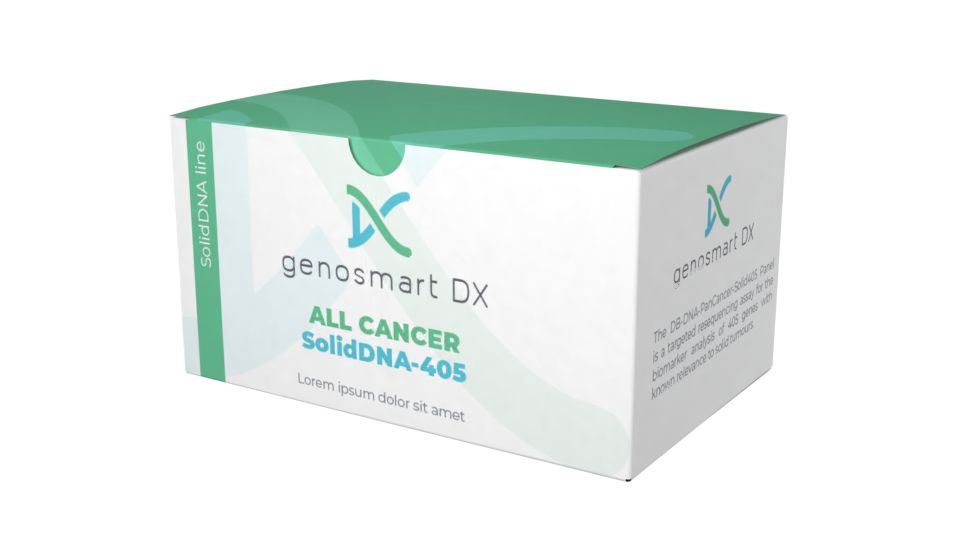genosmart DX BRCA1/BRCA2 Germline

The most important gene panel in hereditary breast cancer
Useful for
The DB-DNA-BRCA1/BRCA2-Hereditary Panel is a targeted resequencing assay for the biomarker analysis of the breast-tumour-related BRCA1 and BRCA2 genes, providing assistance in targeted therapeutic decesion making.
Speciment type requirements
500 ng (min. 10 ng/ul) purified DNA from whole blood or 5 ml of whole blood in Lavender top (EDTA) tubes
Required information
DNA concentration
Clinical interpretation
Hereditary breast and ovarian cancer (HBOC) is an autosomal dominant hereditary cancer syndrome associated with germline mutations in the BRCA1 or BRCA2 genes. Mutations within these 2 genes account for the majority of hereditary breast and ovarian cancer families. HBOC is predominantly characterized by early-onset breast cancer and ovarian cancer. However, HBOC is also associated with increased risks of prostate cancer, pancreatic cancer, fallopian tube cancer, and male breast cancer. HBOC is highly penetrant; the risk for developing an invasive breast cancer is about 60% to 65% and the risk for developing ovarian cancer is about 40% by the age of 70. Some individuals develop multiple primary or bilateral cancers. All pathogenic Single Nucleotid variants are confirmed by Sanger sequencing. Variants are classified based on known, predicted, or possible pathogenicity and reported with interpretive comments detailing their potential or known significance. The results of this test can be useful for assessing prognosis and guiding treatment of individuals with tumours. These data can also be used to help determine clinical trial eligibility for patients with alterations in genes not amenable to currently approved targeted therapies.
Cautions
Clinical Correlations: Some individuals who have a diagnosis of hereditary breast and ovarian cancer (HBOC) may have a mutation that is not identified by this method (e.g., promoter mutations, deep intronic mutations). The absence of a mutation, therefore, does not eliminate the possibility of a diagnosis of HBOC. For predictive testing, it is important to first document the presence of a BRCA1 or BRCA2 gene mutation in an affected family member. Test results should be interpreted in the context of clinical findings, family history, and other laboratory data. Errors in our interpretation of results may occur if information given is inaccurate or incomplete. We strongly recommend that patients undergoing predictive testing receive genetic counseling both prior to testing and after results are available. Technical Limitations: In some cases, DNA variants of undetermined significance may be identified. A negative (wild-type) result does not rule out the presence of a mutation or rearrangement (fusion) that may be present but below the limits of detection of this assay. Rare polymorphisms may be present that could lead to false-negative or false-positive results.
NGS
If you have prepared your own libraries, but you do not want to invest to a next generation sequencer or you want short TAT with low cost, use our sequencing capacity
Bioinformatics
If you prepared and sequenced your samples, but want to have an accurate and in depth, fully annotated analysis with help in therapeutic decisions use our bioinformatics service

